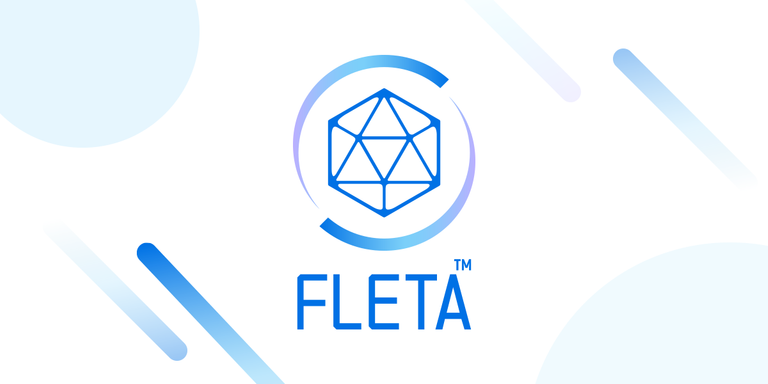
INTRODUCTION

Blockchain technology is becoming more common day by day. Every day we witness new technologies entering the market. In addition, the use of blockchain technology has begun to increase worldwide. Crypto is now not only a clearing-house tool but also a daily-use asset. These fields range from e-commerce to education, from the health sector to science industry. Especially in this time when we enter the bull season, the price increase of Bitcoin allows us to look at the market more positively.
Today, many altcoins use a limited number of hybrid blockchain infrastructures. The most commonly used and most commonly used is the Ethereum infrastructure. About 200 altcoins are using this infrastructure. Binance, one of the world's largest stock exchanges, has yet to build its own blockchain infrastructure to allow BNB transactions. Without going to Ethereum, according to Coinmarketcap data, we should talk a little bit about the infrastructure of Bitcoin, which dominates 52% of the market. Compared to Fiat, Bitcoin's processing speed and commission fees are truly incredible. Bitcoin operations are able to change the block before 1 hour after completion of confirmation of blocks. This means that the international fiat is much faster than the money transactions and can be met with little commission. But 10 years after the invention of Bitcoin, we can say that we are using much more advanced technology. For example, the Ethereum infrastructure can perform these operations in minutes. Projects such as EOS, which are their own blockchain, and other projects aim to shorten these times further. But it is a fact that all these substructures have security, speed and integration problems. Because of these security vulnerabilities, millions of dollars worth of cryptocurrencies are the target of attacks, like Binance hacking (40m$ worth Bitcoin has stolen past week) Such conditions that have harmed blockchain technology also remain a serious obstacle to the realization of the blockchain revolution. However, it is unlikely that the projects that use new projects or a solid infrastructure will encounter these problems in the future.

What is Fleta?

Fleta aims to establish a blockchain ecosystem that aims to promote the development and operation of Dapps, the same goal of setting up a platform such as Google Android or Apple IOS and to support new technological developments. In particular, this great platform, which will make Ethereum and EOS based dApps more independent and scalable, aims to create a decentralized economy. In this way, the gas and ram costs in the ecosystem will be reduced and aim to establish a less costly platform.
Fleta is a decentralized and highly efficient blockchain infrastructure that provides maximum efficiency to its users and integrates blockchain infrastructures into existing systems that are ready for production. FLETA uses an independent multi-chain structure in the presence of a separate sub-chain from the main chain, by solving the main chain overloading problem and reducing excessive charges for both developers and users. That is, by separating the performance of the main chain and the data area, each DApp is run independently of each other without being mutually influenced, and an unlimited number of DApps can be used. This results in reduced overhead costs for DApps and lower transaction costs due to the use of DApps.
By creating new blockchains, Fleta offers a much faster, cheaper and efficient infrastructure, especially for other altcoins. With this decentralized blockchain infrastructure, projects are adapted to systems more quickly. Blockchains are created with a decentralized substructure, which makes the transfers safer, while the innovative technology minimizes the costs of the process and reduces the cost to users.
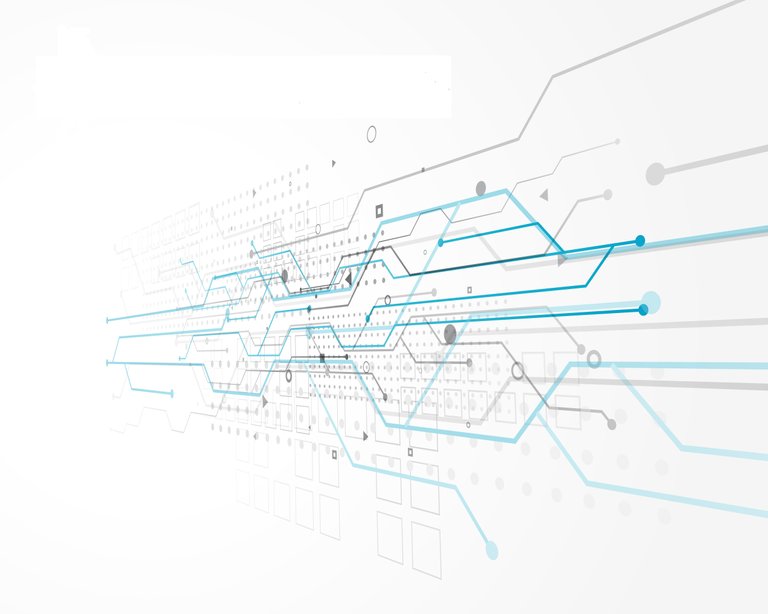
Innovations of FLETA


Proof of Formulation: Fleta has developed a new formula consensus apart from other nodes. The systems we are accustomed to in other nodes are "stake award winners" by keeping the wallets open like "Proof of Stake" and "Proof of Work". But there is a very different system developed by the FLETA project.
FLETA has developed a new consensus model that prevents unnecessary forks as well as advanced forks, apart from existing consensus models such as "Staking". This new consensus model is called the PoF (Proof of Formula), which approves the order of block mining and creates blocks in this order. The spreading block series is reduced, making the formation and spreading of blocks faster. Moreover, real-time confirmation can be obtained through the observer node, which also prevents potential unnecessary forks.
The block generation process of FLETA consists of a block generator and a synchronization group. The formulator group shares and approves the block creation sequence in the network and performs block creation by following the shared and synchronized sequences. The highest-ranking Formulator produces blocks and the next blocks are produced by the runner by maintaining this well-organized circulation process. In this way, a high-speed processing mechanism is provided and a balanced block is produced.

Indepentent Multi-Chain Structure: FLETA uses an independent multi-chain structure in the presence of a separate sub-chain from the main chain, by solving the main chain overloading problem and reducing excessive charges for both developers and users. That is, by separating the performance of the main chain and the data area, each DApp is run independently of each other and mutually executable in an unlimited number of DApp systems. This helps reduce the overhead costs of DApps and the processing costs associated with using DApps.
Existing multi-chain and independent chain networks have many deficiencies and weaknesses. Specifically, it is the first question to determine who should use both the main chain and the independent chain. Furthermore, it is difficult to determine the order of the miners when the blocks are continuously produced.
The problem of determining the data owner or the problem in volume can cause a loss of connection in the synchronization between networks in the multi-chain network.
In FLETA, the seed node and the observer node operate on an externally accessible server, which is synchronized with the network and retains chain procedures (General IP). In addition, each sub-chain forms a Formulator without being bound to the Formulator of the main chain, so that it runs independently even when the main chain stops working.

Block re-design: The structure of the block is the base of the blockchain that leads to direct processing speed and storage capacity. FLETA redesigns the block structure that has been used since the early stages. This is achieved by reducing the block size by 43% and at the same time reducing the size of the index required for the process. The processing speed becomes 1.8 times faster and the data size is reduced optimally. In this way, the system structure becomes more efficient and the blockchain efficiency is increased.

Level Tree Validation:Unlike the Merkle Tree Validation, which has been continuously computed for a large number of computations, FLETA has accepted the LEVEL Tree Validation. LEVEL Tree Validation, which reduces the size by 90%, performs high quality process validation with less data reception and also increases the processing speed by more than 5 times.
Blocks of 560 bytes have been reduced to less than 360 bytes, resulting in much faster processing. This is an advanced algorithm that increases processing speeds to a much higher level without any changes to the protocol or design, such as the consensus algorithm and the sharding model. It also uses a hybrid block chain method that combines UTXO or Account.
UTXO, which can be used right away without creating an account. And Account, which can be used with less execution fee and data. Both coexist in harmony to improve both usability and productivity. In addition, DApps can provide new types of data and services at the chain level, not at a smart contract level, through the Add-on Account type and Transaction type system.

Parallel Sharding: The Sharding Algorithm, developed by FLETA, can be run in parallel without double spending so that the data is not shared with each other because each part is separated. In addition, the increase of TPS is achieved by increasing the number of fractures, as well as increasing the TPS in each part, with the FLETA process performing 20,000 operations per second. This is the fastest TPS of individual parts among existing blockchain projects.
The parallel processing of the process is an important technology that performs high-speed processing speed. In FLETA, the process is allocated to a specific part according to a predetermined rule, and the result is processed independently in each part.
In other words, each part operates independently of each other without being incorporated into separate parts or interconnected to other parts, each part has its own chain. An account can access all parts with the same key and address.
Keys and addresses are the basic tools to prove the ability to change data in the blockchain. For this reason, users must have keys and addresses before they can access them. This applies not only to fractures but also to the main chain. However, anyone can view the content of a block or process, regardless of whether it is a key or an address. In the new fragmentation model of FLETA, each part works independently as a single main chain to perform real shredding technology.
The main chain consists of several chains and each chain operates independently in a parallel structure. This ensures a unique processing speed that makes all token and coin operations fast and efficient.
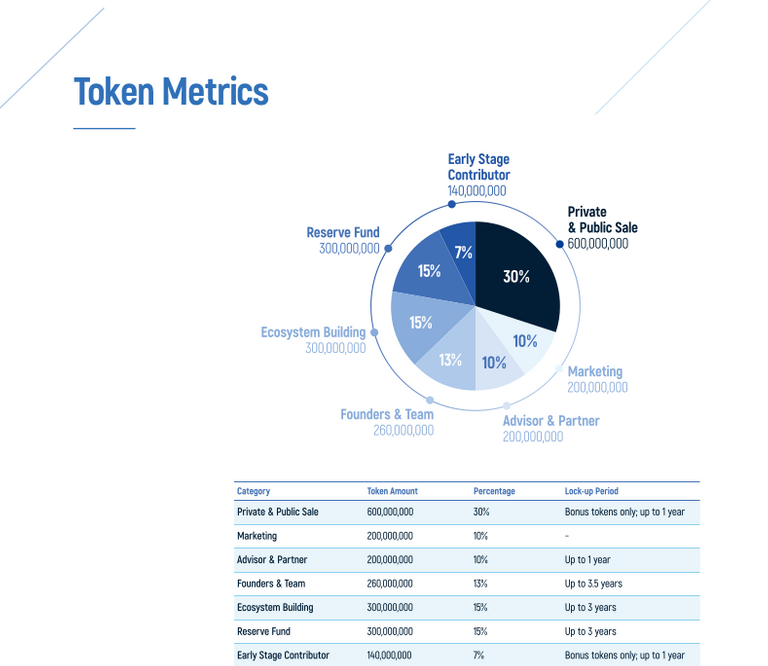
CONCLUSION AND TOKEN ECONOMY

Tokenized dApps on the Fleta platform are run not in the main chain but in their own independent chains. That is, the token economy is realized by the various consensus nodes chosen by each dApp developer. Each dApps token can be independently rewarded with a preferred consensus model (including, but not limited to, the PoW, PoS or voting process). The token economy is the driving force of Fleta and dApps and provides the motivation of various useful tokens to be included in FLETA
The official opening of the main network is the 2nd of 2019. it's planned to be done in the quarter. Fleta's technology will evolve with our global blockchain users. Currently, FLETa is discussing technological cooperation with a few block-chain companies, such as Entersoft, Caledo and Buddy, and also networking with major global crypto funds and IT companies. In fact, various Dapps are using Fleta's platform in the development process.
Fleta will strive to overcome all the shortcomings of existing platforms, continuously improve protocols, and enhance long-term growth by meeting the vision of a variety of business models. It is difficult to predict how blockchain technology will eventually evolve, but it is undoubtedly a major wave of innovation, which could bring a better life on board. FLETA hopes to play a very important role in this wave.
ROADMAP

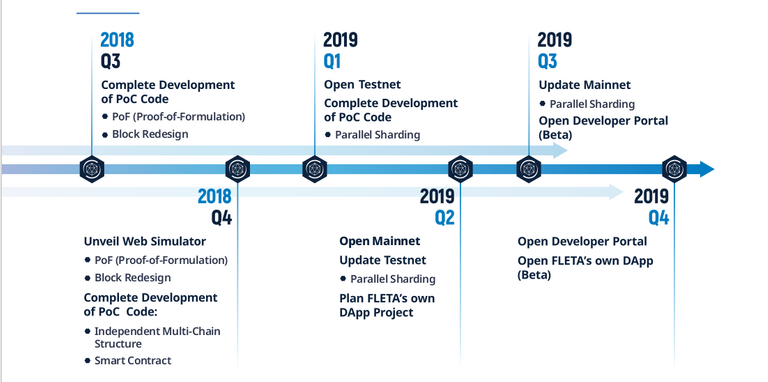
PARTNERS

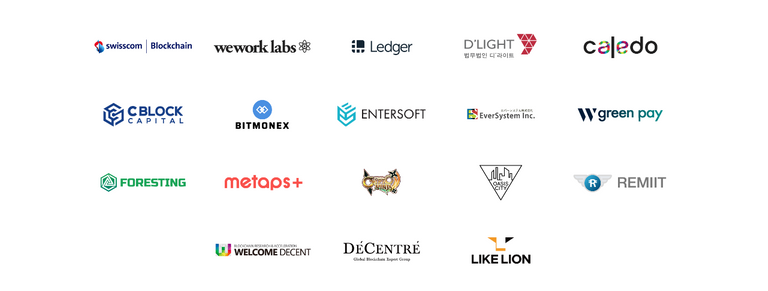
MEET THE TEAM


For Further Information

Website: https://fleta.io/
Whitepaper: https://fleta.io/download/190426_Buisness_Whitepaper_EN_web.pdf
Techpaper: https://fleta.io/download/181024-TechWhitepaper_EN_V2-web.pdf
Telegram: https://fleta.io/download/181024-TechWhitepaper_EN_V2-web.pdf
Medium: https://medium.com/fleta-first-chain
Github: https://github.com/fletaio

Bitcointalk username: Nuxxorcoin
Bitcointalk profile URL: https://bitcointalk.org/index.php?action=profile;u=2378574
My Ethereum Adress: 0x30Da745c024923B55f3a73E530e18382eF2130eB
Thanks for a great in-depth article about FLETA! I believe that this will be the preferred platform for developers. There are a few reasons why I believe this.
These features will attract developers and projects to FELTA.
Thank you! Fleta has a unique solution for blockchain. I am sure they can do it!
Fantastic, well written article. We will see FLETA open up the blockchain space to benefit the developer with it's low fees and the user with it's high throughput.
Great review and breakdown of Fleta! Super excited about the project and also a big fan of PoF
Thank you so much, I'm also excited too ^^
Undoubtedly FLETA seems to be a strong competitor to take into consideration when entering the Dapps market for developers and companies in general especially in the world of gambling.